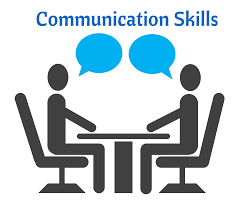About Course
English communication skills encompass the ability to convey thoughts, ideas, and information effectively in the English language. It involves various aspects such as speaking, listening, reading, and writing.
Speaking: Proficient English speakers can articulate their thoughts clearly, using correct pronunciation, intonation, and appropriate vocabulary. They can engage in conversations, express opinions, ask questions, and participate in discussions with confidence.
Listening: Good listening skills involve understanding spoken English in different accents and contexts. It requires attentiveness, comprehension, and the ability to interpret nuances, tone, and meaning conveyed through speech.
Reading: Strong reading skills enable individuals to comprehend written English texts, ranging from simple to complex materials. This includes understanding main ideas, details, and inferences, as well as recognizing vocabulary and grammar structures in context.
Writing: Effective writing involves expressing ideas coherently and logically through written English. It encompasses various forms such as essays, reports, emails, and creative writing. Strong writing skills include proper grammar, punctuation, vocabulary usage, and organization of ideas.
Grammar and Vocabulary: A solid grasp of English grammar and a rich vocabulary are essential components of communication skills. Understanding grammar rules facilitates clear and accurate expression, while a diverse vocabulary enhances the ability to convey ideas with precision and eloquence.
Skills You Will Gain
Grammar and Vocabulary
Nonverbal Communication
writing
Speaking
Listening

